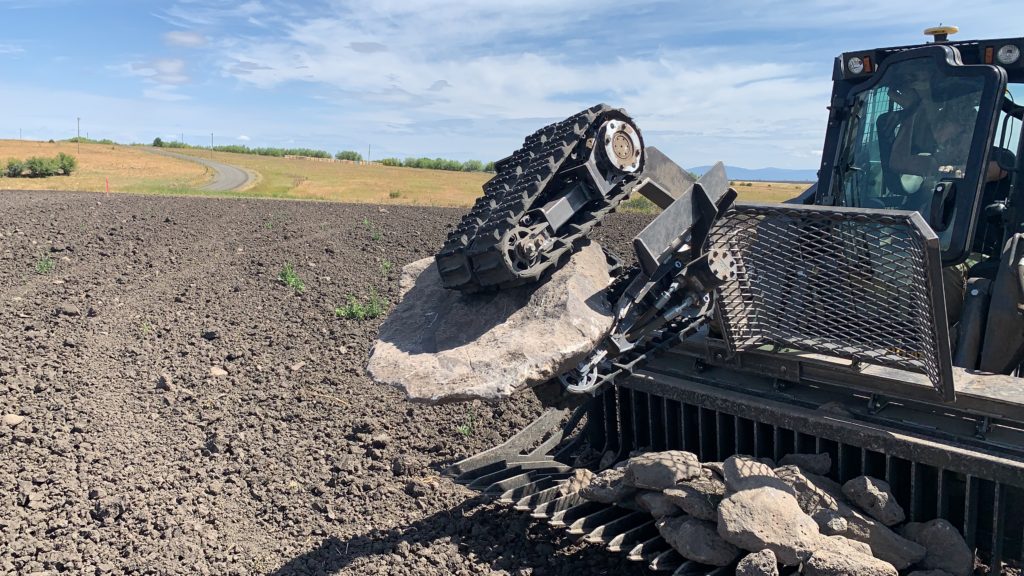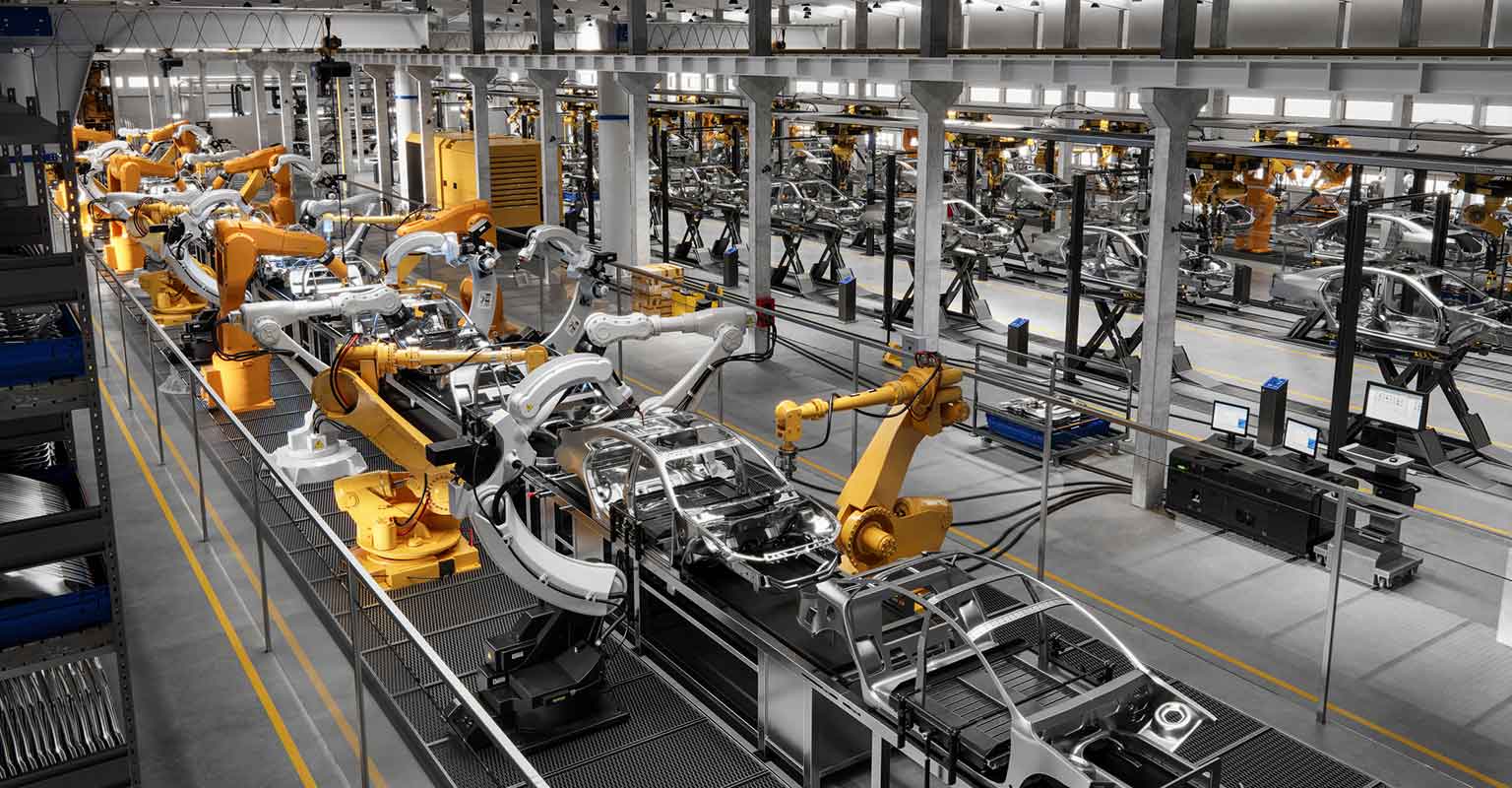George Devol created Unimate, the first digitally operated and programmable robot in 1954, and since then, we have been awed by the likes of C-3P0 from “Star Wars,” Tipsy – the cocktail serving robot in Las Vegas, and Scout – Amazon’s delivery robots in Snohomish County. But recent technological advancements mean robotics is now primed for accelerated innovation and adoption, especially within industrial, manufacturing, logistics, and agriculture, and at Madrona, we’re excited to see where entrepreneurs take it.
Robots are transforming productivity, efficiency, cost, output, and product quality for companies, and many trends are coming together to push the move to automate.
- COVID-19 has pushed for a more touchless, remote-first way of operation.
- Enduring labor shortages over the years are paving the way for autonomy across sectors, including discreet manufacturing, auto, assembly and agriculture.
- Technological innovation in distributed and edge computing combined with advancements in artificial intelligence, machine learning, and neural networks have made command and control possible in near real time.
- Technology infrastructure and data quality advancements mean the use of computer vision in real time is now also possible.
- The emergence of large-scale transformer models, no-shot learning, and transfer learning are enabling machines to do much more than in the past.
All of these trends come together to create almost endless opportunities for founders in the robotics space. And industry is ready for change.
All of these trends come together to create almost endless opportunities for founders in the robotics space — and industry is ready for change.
Driven by the need for higher quality, labor augmentation, performance and speed along with a need to improve margin profiles, flexibility, and inefficient processes — similar to what we have seen in the acceleration of digital transformation in enterprises — the broader industry is on the path to embrace robotics. Furthermore, players like Amazon have put an incredible amount of pressure on companies to automate their operations. Last year, the Association for Advancing Automation reported a 28% surge in non-automotive robot orders in North America. And, according to BCG, the global robotics market is expected to reach $160-$260 billion by 2030.
We believe autonomous operations are the future — it is only a matter of time until this change happens. At Madrona Venture Group, we recognize robotics as one of the next frontiers, and we are particularly interested in what we define as Enterprise Robotics — software-driven robots used for mission- or business-critical applications. These robots are programmable machines deployed in live production environments, not in a consumer setting. They leverage the large-scale volume of signals and data collected from the physical world to act with minimal or no oversight to augment and empower human workforces.
So, what must be true to create an interesting Enterprise Robotics play?
We believe it starts with innovation in the base infrastructure, easy-to-use platforms and tools in the middle, and intelligent application on top. A company doesn’t need to be focused on all three levels to be successful. Below are some of the key elements we believe will make for a compelling Enterprise Robotics company:
- Robots that lean on software vs. hardware dependencies
- Robotics companies that own the end-to-end platform and hide complexity from the end customer
- Adoption of new business models that reduce financial barriers (i.e., Robotics as a Service or licensing model)
- Easy to use platforms and tools combined with intelligent applications to transform and create digital or physical experiences
- General purpose platforms that can be used across different use-cases
When we look across different verticals, there have been a host of interesting applications and companies that have caught our attention:
- Agriculture: Companies like TerraClear, (a Madrona portfolio company that you can learn more about here), Carbon Robotics, Iron Ox, and Zordi are pioneering the next revolution in agriculture by solving complex farming problems through robotics and artificial intelligence.
- Industrial/Manufacturing: Companies like Symbio Robotics, RealTime Robotics and Ready Robotics enable the build, deployment, and operation of high-quality assembly applications in high throughput manufacturing facilities.
- Logistics: Companies like Berkshire Grey, Covariant, Osaro, PlusOne Robotics, and Ambi Robotics are leveraging artificial intelligence to optimize for full-stack picking, sorting, and handling. These companies are trying to build software to make warehouses, distribution, and fulfillment centers smarter while tackling the labor shortage challenges.

Beyond these verticals, we are also excited about what are known as “enablers.” When it comes to developing automation solutions involving robotic systems, different vendors deploy different types of robots that need to communicate and work together seamlessly. However, interoperability is rare because companies often manage robots independently in silos. Innovative examples of robotics enablers include companies like Groundlight.ai and Retrocausal, which provide computer vision as a service specifically tuned for robotics use cases.
We believe a new crop of companies are emerging that will serve as “enablers,” such as AWS IoT RoboRunner. RoboRunner provides a central data repository for storing and using data from different robot management systems and enterprise management systems. Once robots are connected, developers can then use sample applications and software development libraries to build management applications on top of the centralized data repository. Companies like Formant also enable companies to manage fleets of robots and analyze the data they gather.
Robots have proven to deliver a host of benefits across various applications, and the advancements in technology we’ve discussed make now the right time for entrepreneurs to experiment and execute new ideas. We are always looking for eager entrepreneurs who embrace innovative new ideas. We would love to meet you and learn more! Our contact info is linked in our byline!
